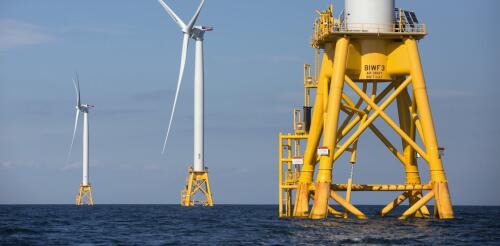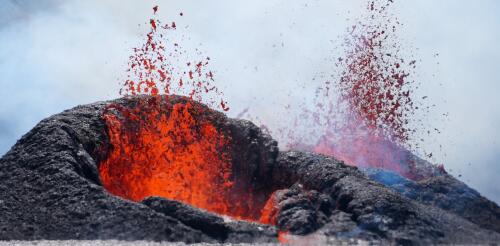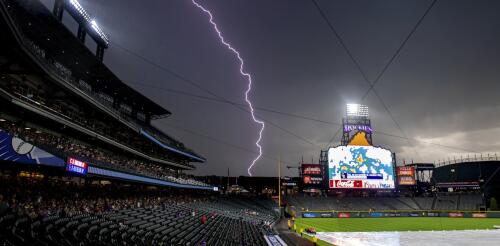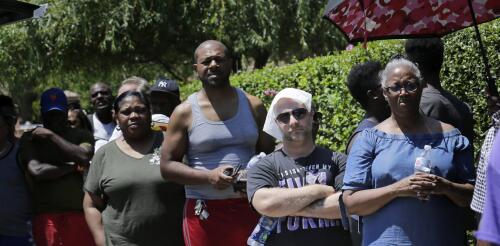Electricity
My colleagues and I have developed an artificial intelligence system that helps buildings shift their energy use to times when the electric grid is cleaner. I’m an engineer who studies and develops smart buildings. My lab created Merlin, which learns how people use energy in their homes and adjust energy controls like thermostats to meet their needs while at the same time minimizing the impact on the grid. The system can learn on one set of buildings and occupants and be used in buildings with different controls and energy use patterns. We dubbed it Merlin after King Arthur’s legendary magician to reflect the magical nature of the system: It automatically collects data on how people use energy in their homes and identifies opportunities to charge and discharge home battery storage. And it does so in a way that you always have power for whatever you need. So your air conditioning is always available, but at the same time it reduces the strain on the grid – for...
Offshore winds have the potential to supply coastlines with massive, consistent flows of clean electricity. One study estimates wind farms just offshore could meet 11 times the projected global electricity demand in 2040. In the U.S., the East Coast is an ideal location to capture this power, but there’s a problem: getting electricity from ocean wind farms to the cities and towns that need it. While everyone wants reliable electricity in their homes and businesses, few support the construction of the transmission lines necessary to get it there. This has always been a problem, both in the U.S. and internationally, but it is becoming an even bigger challenge as countries speed toward net-zero carbon energy systems that will use more electricity. The U.S. Department of Energy and 10 states in the Northeast States Collaborative on Interregional Transmission are working on a potentially transformative solution: plans for an offshore electric power grid....
Curious Kids is a series for children of all ages. If you have a question you’d like an expert to answer, send it to curiouskidsus@theconversation.com. Could we use volcanoes to make electricity? – Lawrence, age 7, Dublin, California Turning red-hot lava from an active volcano into electricity would be dangerous and unreliable. Volcanoes don’t erupt on predictable schedules, and lava cools too quickly. But many countries, including the U.S., have found ways to tap volcanic heat to make electricity. Geothermal energy comes from heat generated by natural processes deep within the Earth. In most areas, this heat only warms rocks and underground water near the surface. In volcanically active regions, however, the heat is much more intense. Sometimes it melts rock, forming magma. Volcanoes act like giant heat vents, raising magma closer to Earth’s surface. Some of this mo...
As the weather warms, people spend more time outdoors, going to barbecues, beaches and ballgames. But summer isn’t just the season of baseball and outdoor festivals – it’s also lightning season. Each year in the United States, lightning strikes around 37 million times. It kills 21 people a year in the U.S. on average. For as often as lightning occurs – there are only a few days each year nationwide without lightning – there are still a lot of misunderstandings about nature’s largest spark. Because of this, a lot of people take unnecessary risks when thunderstorms are nearby. I am a meteorologist who studies lightning and lightning safety, and a member of the National Lightning Safety Council. Here are some fast facts to keep your family and friends safe this summer. What is lightning, and where does it come from? Lightning is a giant electric spark in the atmosphere and is classified based on whether it hits the ground or not. In-cloud li...
Many Americans think of power outages as infrequent inconveniences, but that’s quickly changing. Nationwide, major power outages have increased tenfold since 1980, largely because of an aging electrical grid and damage sustained from severe storms as the planet warms. At the same time, electricity demand is rising as the population grows and an increasing number of people use electricity to cool and heat their homes, cook their meals and power their cars. A growing number of Americans also rely on electricity-powered medical equipment, such as oxygen concentrators to help with breathing, lifts for movement and infusion pumps to deliver medications and fluids to their bodies. For older adults and others with health conditions, a loss of power may be more than an inconvenience. It can be life-threatening. We study environmental health, including the effects of extreme heat and storms on people. In a new study, we analyzed data from New York City and the surrounding area to...




